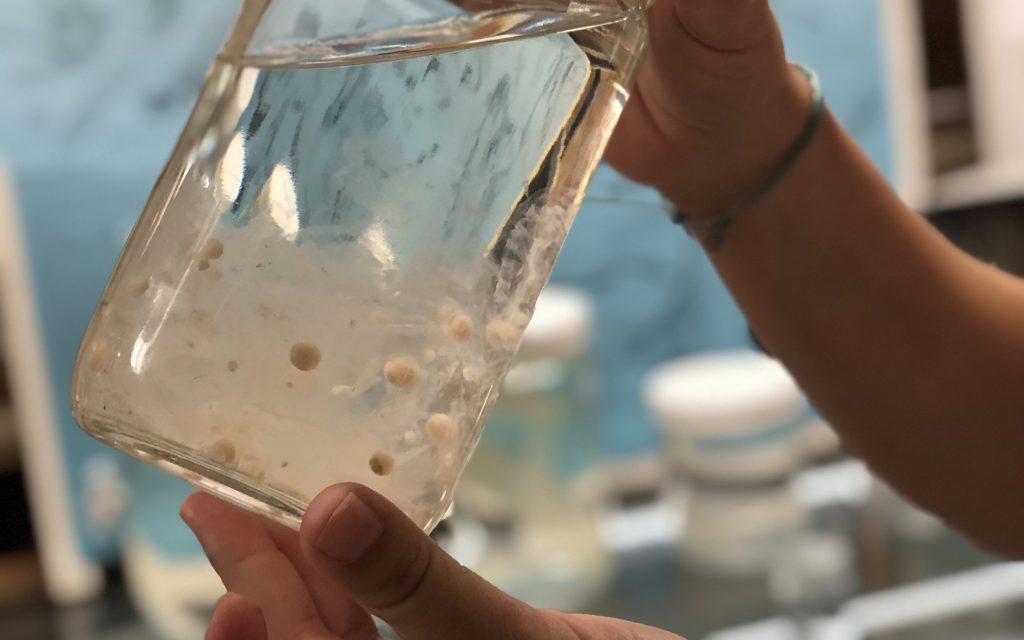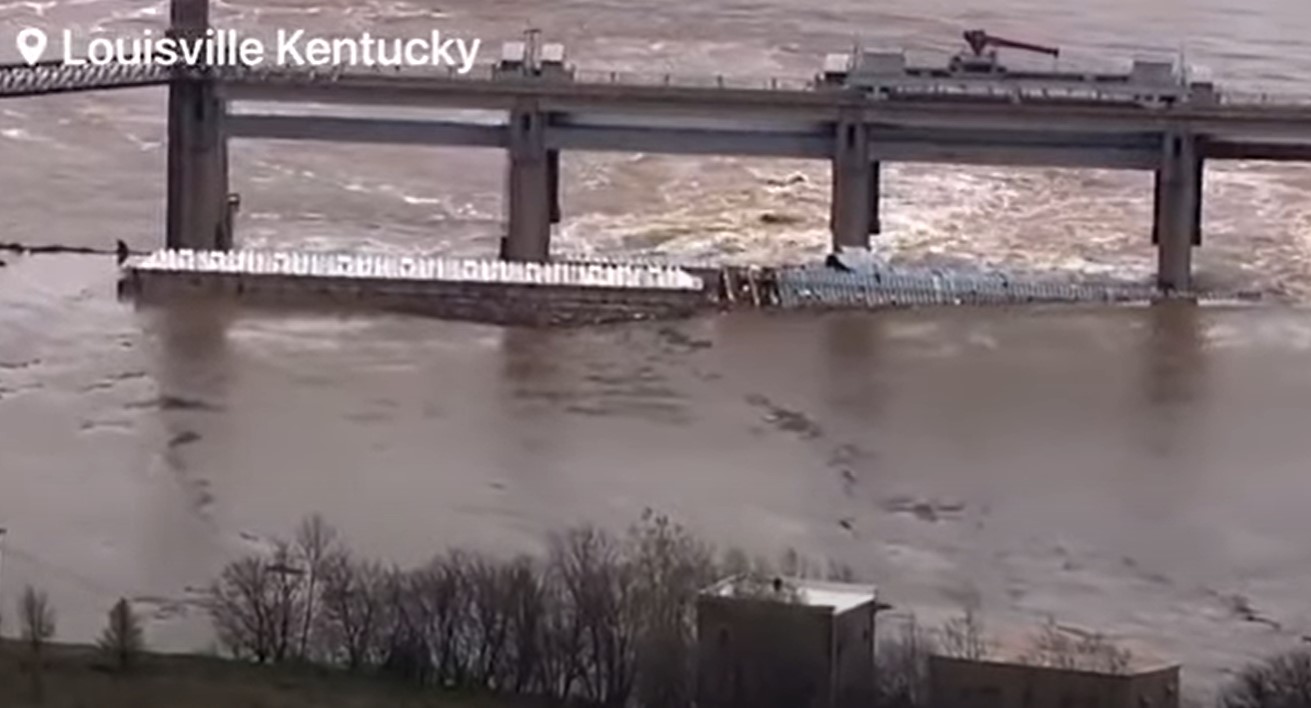Nothing seems safe from plastic contamination.
Microplastics are a million times more abundant in the ocean than previously thought, new research demonstrates.

Nothing seems safe from plastic contamination.
It is pulled from the nostrils of sea turtles, found in Antarctic waters and buried in the fossil record.
But a new study by researchers from Scripps Institution of Oceanography at the University of California San Diego suggests there could be a million times more pieces of plastic in the ocean than previously estimated.
Biological oceanographer Jennifer Brandon found some of the tiniest countable microplastics in surface seawater at much higher concentrations than previously measured.
Her method unveiled that the traditional way of counting marine microplastics is likely missing the smallest particles, suggesting the number of measured microplastics in the ocean is off by five to seven orders of magnitude.
On average, Brandon estimates the ocean is contaminated by 8.3 million pieces of so-called mini-microplastics per cubic meter of water. Previous studies measuring larger pieces of plastic found only 10 pieces per cubic meter.
The New Method
Microplastic is most often measured by trawling or pulling a submerged fine net behind a ship with mesh that’s small enough to filter plankton from seawater.
But a 2015 review of more than 11,000 trawls between 1971 and 2013 showed 90% of these experiments used the same type of net which only captures plastics as small as 333 micrometers in diameter (definition of microplastic: any piece smaller than 5 millimeters).
But Brandon’s study found plastic as small as 10 micrometers in her study, smaller than the width of a human hair.
To fill that gap, Brandon turned to both seawater samples and salps, gelatinous filter-feeding invertebrates that suck in water both to eat and propel themselves around the upper 2,000 meters (6,500 feet) of the ocean. Their stomachs were a likely place to find mini-microplastics.
Of the 100 salps Brandon surveyed from water samples collected in 2009, 2013, 2014, 2015 and 2017, 100% had mini-microplastics in their guts. The results shocked Brandon.
According to the new results, there was significantly more plastic in the surface seawater samples closest to shore and the salps in that region had high plastic ingestion than near the so-called Great Pacific Garbage Patch. The reason why the rate was highest near the coast might be due to runoff pollution from land.
Microplastics Make Their Way To The Human Body
Salps can feed constantly while swimming and excrete relatively heavy, plastic-containing feces that sink to the ocean floor. Salp digestion could fast-track plastic transportation to the deepest parts to the ocean and marine food chain.
Salps are low on the oceanic food chain and feed on some of the smallest creatures in the sea, from nanophyto- to microzooplankton.
Plastics in a salp’s stomach could travel up the food chain to creatures that feed upon it, like sea turtles and commercially-caught Rockfish and King Crab.
Eventually, these mini-microplastics could be making their way into the human body.
No one eats salps but it’s not far away on the food chain from the things you do eat.
Yes, previous researchs just under-sampled smaller microplastic ranges… That’s where the big lie comes from.
Ocean microplastics are a million times more abundant than previously thought. It’s in the oceans, it’s in the rain, it’s in animals, it’s in our poop, it’s everywhere! [UCSD]













They have chem-trailed the whole planet, so waddaya expect?